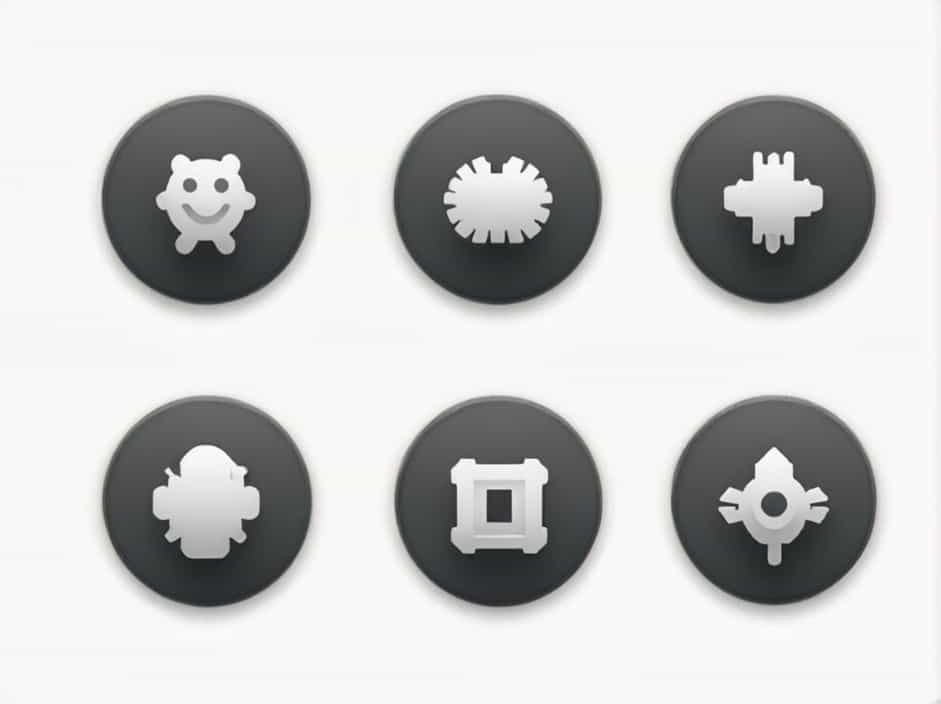Graphite is one of the softest natural materials, making it an essential component in pencils, lubricants, and industrial applications. But what makes graphite so soft despite being made of carbon, the same element found in diamond, one of the hardest substances?
The key lies in the force that accounts for the softness of graphite–Van der Waals forces. These weak intermolecular forces allow the layers of graphite to slide over each other, making it smooth, slippery, and easily breakable.
What is Graphite?
Definition and Composition
Graphite is a form of carbon where atoms are arranged in hexagonal layers. It is a non-metal but conducts electricity due to the presence of free-moving electrons between its layers.
Properties of Graphite
- Soft and slippery due to weak interlayer forces
- Good conductor of electricity due to delocalized electrons
- Opaque and black in color
- High melting point due to strong covalent bonds within layers
Common Uses of Graphite
- Pencil lead (because it leaves marks on paper)
- Lubricants (reduces friction in machines)
- Electrodes (used in batteries and arc furnaces)
- Nuclear reactors (moderates neutrons in nuclear reactions)
What Makes Graphite Soft?
The Role of Van der Waals Forces
Graphite’s softness is mainly due to Van der Waals forces, which are weak attractive forces between layers of carbon atoms.
Each graphite layer (graphene) consists of strong covalent bonds, but the attraction between layers is weak. This allows the layers to slide over one another easily, giving graphite its soft and slippery texture.
Bonding Structure of Graphite
Graphite has a layered structure where:
- Each carbon atom forms three strong covalent bonds with neighboring carbon atoms.
- The fourth electron is free-moving, allowing electrical conductivity.
- Layers are held together only by Van der Waals forces, which are much weaker than covalent bonds.
Comparison with Diamond
Graphite and diamond are both made of carbon atoms, but their properties are completely different:
| Property | Graphite | Diamond |
|---|---|---|
| Bonding | Van der Waals forces between layers | Strong covalent bonds in all directions |
| Hardness | Soft and slippery | Extremely hard |
| Electrical Conductivity | Good conductor (free electrons) | Insulator (no free electrons) |
| Structure | Layered hexagonal sheets | Tightly packed tetrahedral structure |
Understanding Van der Waals Forces
What are Van der Waals Forces?
Van der Waals forces are weak intermolecular forces that occur between neutral molecules or atoms. They result from temporary shifts in electron density, creating momentary attractions.
Types of Van der Waals Forces
- London Dispersion Forces – Weak forces caused by temporary electron movement creating momentary dipoles.
- Dipole-Dipole Interactions – Attraction between molecules with permanent dipoles (not relevant in graphite).
Why are Van der Waals Forces Weak in Graphite?
- Carbon atoms in graphite layers are strongly bonded through covalent bonds.
- No strong dipoles exist between layers, so only weak London dispersion forces hold them together.
- These forces allow layers to slide without much resistance, making graphite soft.
How Van der Waals Forces Affect Graphite’s Applications
1. Writing with Graphite (Pencil Lead)
When you write with a pencil, layers of graphite easily slide off onto paper due to weak Van der Waals forces.
2. Lubrication
Graphite is used as a dry lubricant in machines because its layers reduce friction and allow smooth movement of parts.
3. Electrical Conductivity
Graphite conducts electricity because of delocalized electrons that move freely between layers. This makes it useful in electrodes, batteries, and fuel cells.
4. High-Temperature Applications
Despite being soft, graphite has a high melting point due to strong covalent bonds within layers. This makes it suitable for furnaces and rocket nozzles.
Can Graphite Be Made Harder?
1. Converting Graphite to Diamond
Under extreme heat and pressure, graphite can be transformed into diamond, where carbon atoms form a rigid three-dimensional structure.
2. Reinforcing with Other Materials
Scientists have developed graphene, a single layer of graphite that is incredibly strong and lightweight. Graphene has potential uses in electronics, aerospace, and medicine.
The softness of graphite is due to Van der Waals forces, which allow its layers to slide over each other easily. These weak forces make graphite ideal for writing, lubrication, and electrical applications.
Even though graphite and diamond share the same carbon composition, their properties differ due to their atomic bonding structure. Understanding Van der Waals forces helps scientists develop new materials and technologies, pushing the boundaries of science and industry.
